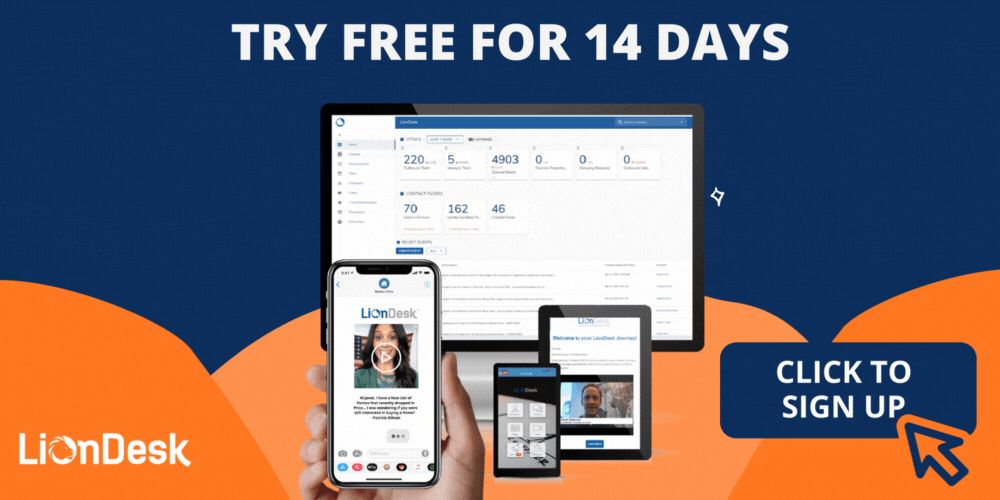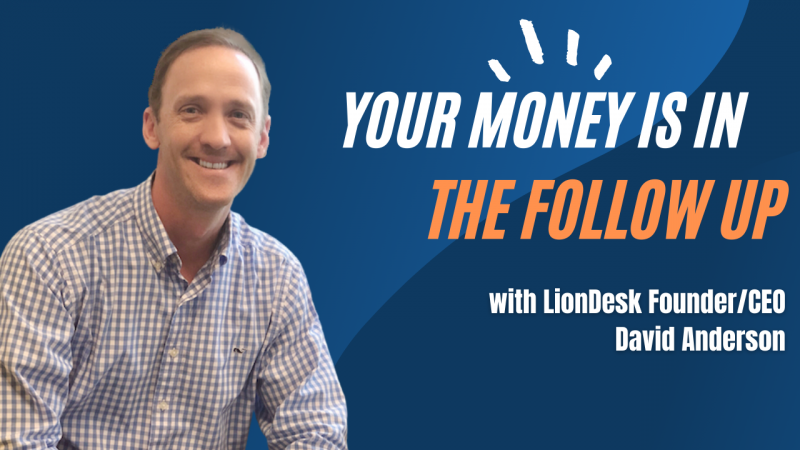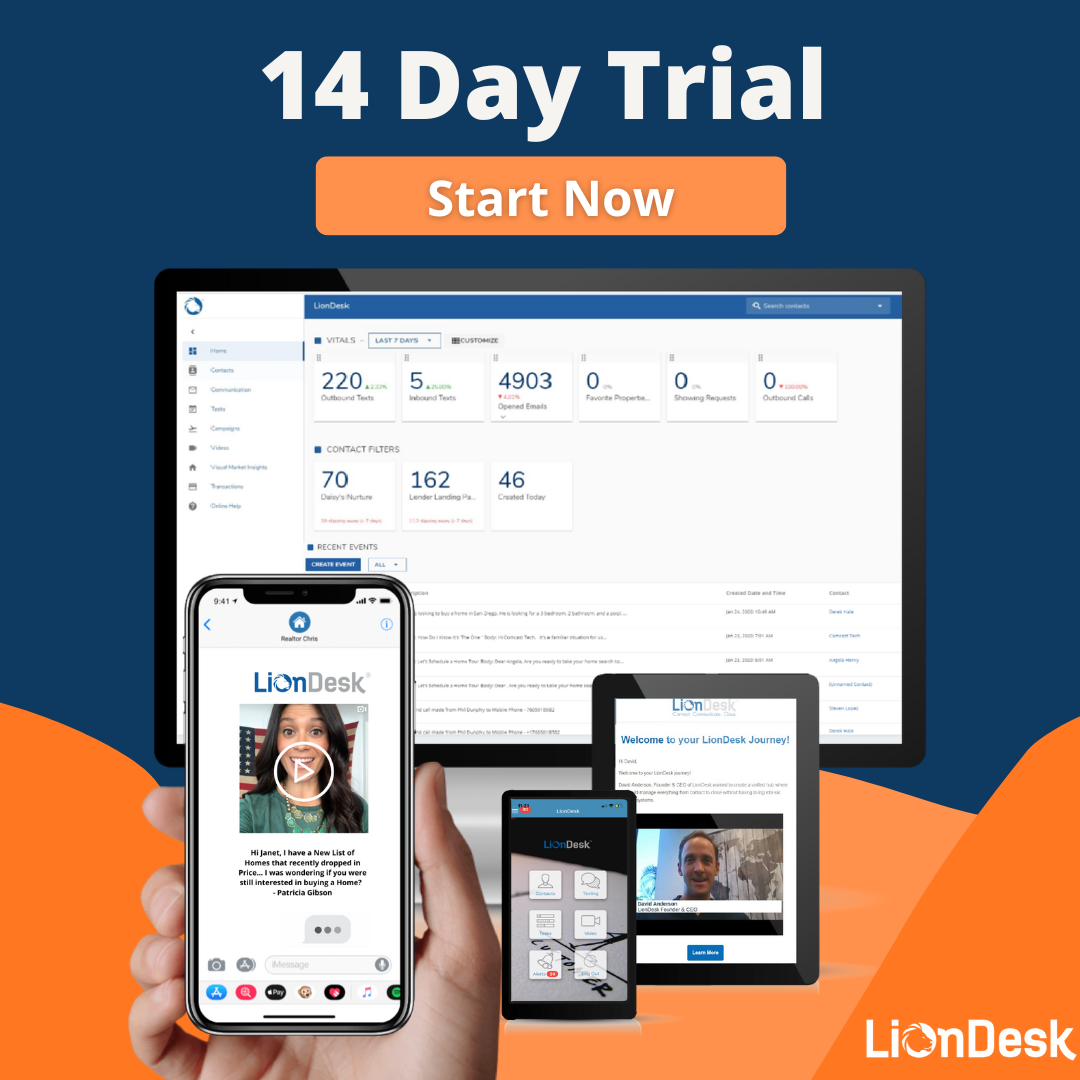
Most agents dream of the day they’re ready to make their first hire.
But first building a successful real estate team means having a firm foundation in place.
In this article, we’ll take a look at the different structures successful teams should be using in 2021, explore the benefits of teams, learn how to start one, and give you suggestions for the tools you’ll need to be successful.
Remember…
A team structure shouldn’t be a “one size fits all” approach.. instead, should be tailored to match the team’s goals & vision.
Watch this 40 min live session with Ruben Garcia an eXp Realty Realtor where he shares his 4 ways that will help you grow a TEAM!
TIP 1: 7 level system from The Millionaire Real Estate Agent Book
The most recognizable way to grow a real estate team. In Gary Keller’s book, The Millionaire Real Estate Agent, he walks you through step by step how to go from an individual agent to owning a real estate team that essentially runs on its own.
Pros – Teaches you levels to introduces leverage. Business fundamentals about finances, leverage, leadership, etc.
TIP 2: 4 Level hybrid from the Millionaire Real Estate and investor centric agents
This one only has 4 levels & each agent will go through the 4 levels. Not necessarily keeping the agent as only a buyers/listing agent.
Level 1 – New agent being mentored by Level 2 (newbies to the team)
Level 2 – Agent becomes a mentor and uses Level 1 as leverage. Level 2 also starts to learn about investing, investing strategies & starts to look into building a plan for long-term investing.
Level 3 – Mentoring agent teaches Level 1 to become a mentor (bringing them to level 2) & this agent now becomes a “manager” on the team. Overseeing operations in that specific side of the business while using their capital to start investing.
Level 4 – Becomes an investor with enough cash flow to stay on the team or jump off.
Pros – Not only an agent but an investor. Faster than Level 7. Agents benefit heavy off a rev/profit share model as their coach/mentor the agents they put on the level lower than them.
Tip 3: No Split/ One Brand
This structure is brand heavy. As a team lead, you identify a brand that you’ll grow and bring team members on board. Team members are put in a buyer or listing roll, but they are allowed to work on all sides of the business. The agents on the team MUST use the brand on the team on all marketing. As the team lead & members get more listings, they’ll use the branded signs with a number you can put agents on for round-robin. The more listings, the more leads. Leads are distributed to the agents by day, a few days, hours, whatever works!
Pros – Team members doesnt pay a split unless they close a lead from team/brand marketing.
Tip 4: PASS PLAY
1. Cant be attracted to putting your branded signs in people’s yards.
2. Build out the database with a system of follow-up.
3. Agent who runs the deal gets to build their own brand. They use their marketing & their yard signs. To ensure the standard you want, go with them on their first 3 appts & bring them up to your standard. Once the agent meets the standard, any referral will have to be part of your “GPS”. (Group text, Prospecting (CRM), Support)
4. Once the deal closes, you’ll get the referral fee (20%-30%+).
Pros – Very low overhead, if any. Very low liability. Highly leveraged.
BONUS TIP
All of these models will need a database. We recommend getting one outside of your firm. Ruben is with eXp and they have KVCORE which is a 3rd party CRM and rather use a CRM like LionDesk to store his database.
You have to protect your business and keep your database close to you.
Don’t Have LionDesk?
There’s no better time to start than now. Sign up for a FREE 14 day Trial of LionDesk today!





